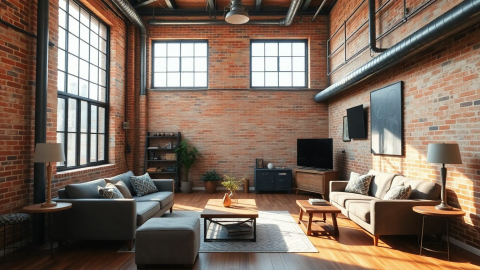Revolutionizing Interior Design: Harnessing the Power of AI for Stunning Spaces
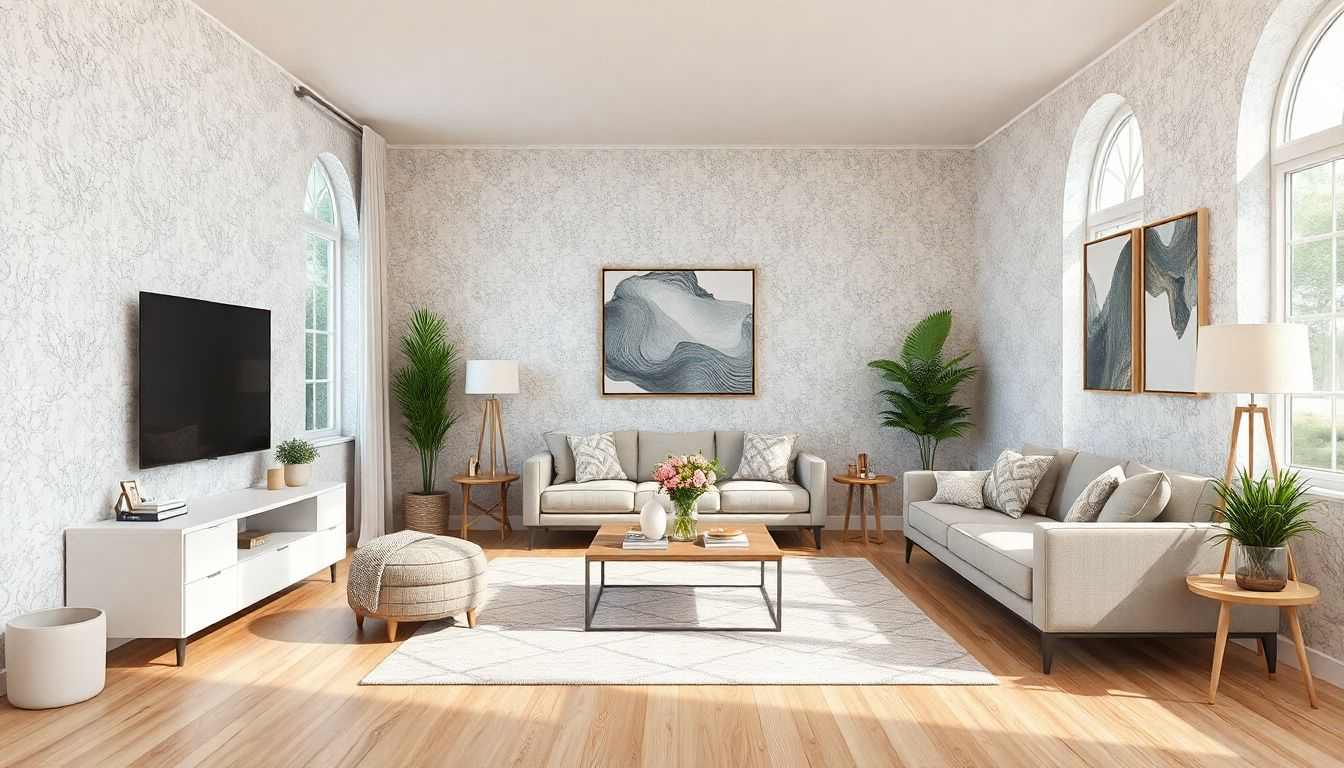
In recent years, artificial intelligence has been making waves across various industries, and interior design is no exception. The integration of AI technology into the world of home decor and spatial planning has opened up a realm of possibilities for both professional designers and enthusiastic homeowners alike. From generating instant room transformations to providing personalized design recommendations, AI is reshaping the way we approach interior design. In this comprehensive guide, we'll explore how to use AI for interior design, examining its benefits, limitations, and the exciting future that lies ahead.
The Rise of AI in Interior Design
The concept of using AI for interior design might seem like something out of a science fiction novel, but it's quickly becoming a reality. AI-powered tools are now capable of analyzing spaces, suggesting furniture layouts, and even predicting design trends. This technological advancement is not only making interior design more accessible to the masses but also enhancing the capabilities of professional designers.
According to Pieter Levels, the creator of InteriorAI, one of the pioneering tools in this space, AI can "detect, add, and switch furniture as well as change floors and wall color." This capability allows users to visualize potential changes to their space without lifting a paintbrush or moving a single piece of furniture.
Popular AI Interior Design Tools
Several AI-powered tools have emerged in the market, each offering unique features and capabilities. Let's take a closer look at some of the most popular options:
1. Roomdesigner AI
This platform simplifies AI-driven interior and exterior design to its essence: users merely need to upload images, and the technology takes care of the rest. With a diverse selection of more than 25 design styles, it caters to a wide range of aesthetic preferences. Its adaptability makes it suitable for virtually any design project, regardless of scope or style.
2. RoomGPT
RoomGPT was one of the first open-source AI interior design tools. While it may not offer the highest quality renders, it has played a significant role in the evolution of AI design tools and demonstrates the potential of AI in this field.
3. Interior AI
As one of the early entrants in the AI interior design space, Interior AI introduced a fresh approach to designing spaces. However, it's worth noting that newer tools have since surpassed it in terms of features and render quality.
4. CollovGPT
CollovGPT takes AI interior design a step further by offering packages that include 3D mockups, shopping lists, and even calls with human design consultants. This blend of AI technology and human expertise provides a more comprehensive design experience.
How to Use AI for Interior Design
Now that we've explored some of the available tools, let's dive into how you can harness the power of AI for your interior design projects:
1. Start with a Clear Vision
Before diving into AI-generated designs, it's crucial to have a clear idea of what you want to achieve. Consider factors such as your preferred style, color palette, and the functionality you need from the space. This will help guide the AI in generating more relevant and personalized designs.
2. Upload High-Quality Images
Most AI interior design tools require you to upload images of your space. Ensure these photos are well-lit and capture the entire room. This will allow the AI to accurately analyze the space and provide more realistic design suggestions.
3. Experiment with Different Styles
One of the advantages of using AI for interior design is the ability to quickly visualize various styles. Don't be afraid to experiment with different aesthetics, from minimalist to bohemian. AI tools can generate multiple options in seconds, allowing you to explore designs you might not have considered otherwise.
4. Combine AI Suggestions with Personal Touch
While AI can provide excellent design suggestions, it's essential to remember that your space should reflect your personality. Use AI-generated designs as a starting point, then add your own personal touches to make the space truly yours.
5. Utilize Shopping Recommendations
Many AI interior design tools offer shoppable recommendations based on the generated designs. This feature can be incredibly helpful in finding furniture and decor items that match your desired style, saving you time and effort in sourcing products.
Benefits of Using AI for Interior Design
The integration of AI into interior design offers numerous advantages:
- Time-Saving: AI can generate multiple design options in seconds, significantly reducing the time spent on ideation and planning.
2. Cost-Effective: By visualizing changes before making purchases or hiring contractors, you can avoid costly design mistakes.
- Accessibility: AI tools make professional-level design accessible to those who may not have the budget for a traditional interior designer.
4. Inspiration: AI-generated designs can spark creativity and introduce you to styles or combinations you might not have considered.
- Personalization: As AI tools learn from user preferences, they can provide increasingly personalized design recommendations over time.
Limitations and Challenges
While AI interior design tools offer exciting possibilities, it's important to acknowledge their limitations:
1. Lack of Human Touch
AI-generated designs may lack the nuanced understanding of personal preferences and emotional connections that a human designer can provide. As interior designer Kristen Forgione points out, "There's no human or personal connection" in AI-generated designs.
2. Technical Limitations
Some AI tools struggle with complex room shapes or may not accurately represent the scale and proportion of furniture in a space. This can lead to unrealistic or impractical design suggestions.
3. Budget Considerations
Many AI tools don't account for budget constraints when generating design recommendations. This can result in suggestions that are financially out of reach for many users.
4. Learning Curve
While AI tools aim to simplify the design process, there can still be a learning curve in understanding how to effectively use these platforms to achieve desired results.
The Future of AI in Interior Design
As AI technology continues to evolve, we can expect to see even more advanced and intuitive tools for interior design. Some potential developments include:
- Enhanced Personalization: AI tools will become better at understanding individual preferences and creating truly personalized design recommendations.
2. Integration with Virtual Reality: The combination of AI and VR technology could allow users to "walk through" AI-generated designs before making any physical changes.
- Sustainability Focus: Future AI tools may incorporate sustainability metrics, suggesting eco-friendly materials and energy-efficient designs.
4. Improved Spatial Recognition: Advancements in computer vision will enable AI to better understand and work with complex room layouts and architectural features.
- Collaboration with Human Designers: Rather than replacing human designers, AI tools are likely to evolve into powerful assistants that enhance the capabilities of design professionals.
Conclusion
The integration of AI into interior design is revolutionizing the way we approach home decor and spatial planning. While these tools offer exciting possibilities for instant transformations and personalized design recommendations, it's important to remember that they are best used as aids rather than replacements for human creativity and intuition.
As Hassan El Maghari, founder of RoomGPT, suggests, many interior designers are using AI tools "for initial client consultations" to quickly generate mockups before diving into more detailed, personalized designs. This approach demonstrates how AI can complement rather than replace human expertise in the design process.
As we move forward, the key to successful interior design will likely lie in finding the right balance between AI-powered efficiency and the irreplaceable human touch that brings spaces to life. By embracing AI as a powerful tool in our design arsenal, we can create stunning, personalized spaces more efficiently and creatively than ever before.
References and Further Reading
- A New AI Tool for Interior Design
- We had designers test an AI design tool. Here's how it went
- 5 Ways to Use AI for Interior Design: Unlocking the Potential of Technology in Home Decor
- Understanding AI Interior Design: An in-depth look at tools and prospects
- 10 free AI interior design generators
- If You're Remodeling a Bathroom, AI Can Help. Though the Basket Toilet Was Unexpected
- I Used AI Interior Designers to Reimagine My Boring Basement
- Review | We tried 'the AI interior designer.' It has a lot to learn.
More Articles

Elevating Your Dining Experience: The Art of Table Decoration
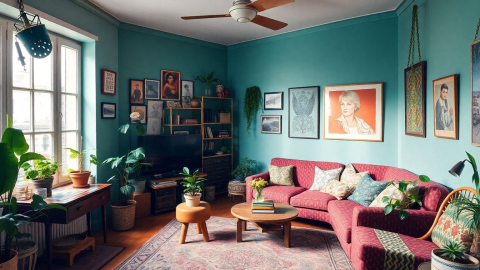
Bohemian Rhapsody: The Hilarious Truth About Living on the Fringes
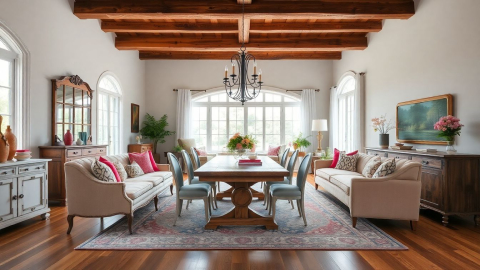
The Timeless Elegance of French Provincial Interior Design: A Comprehensive Guide
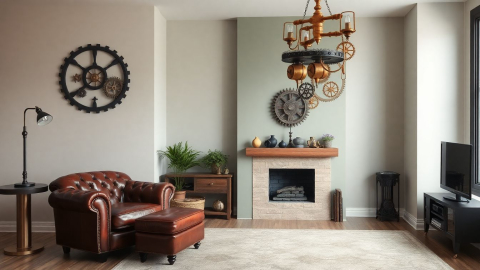
Steampunk Interior Design: Where Victorian Elegance Meets Mad Science
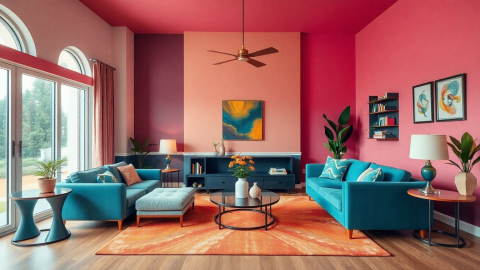
Howzy to Get Into Interior Design: A Comprehensive Guide to Launching Your Creative Career Title
